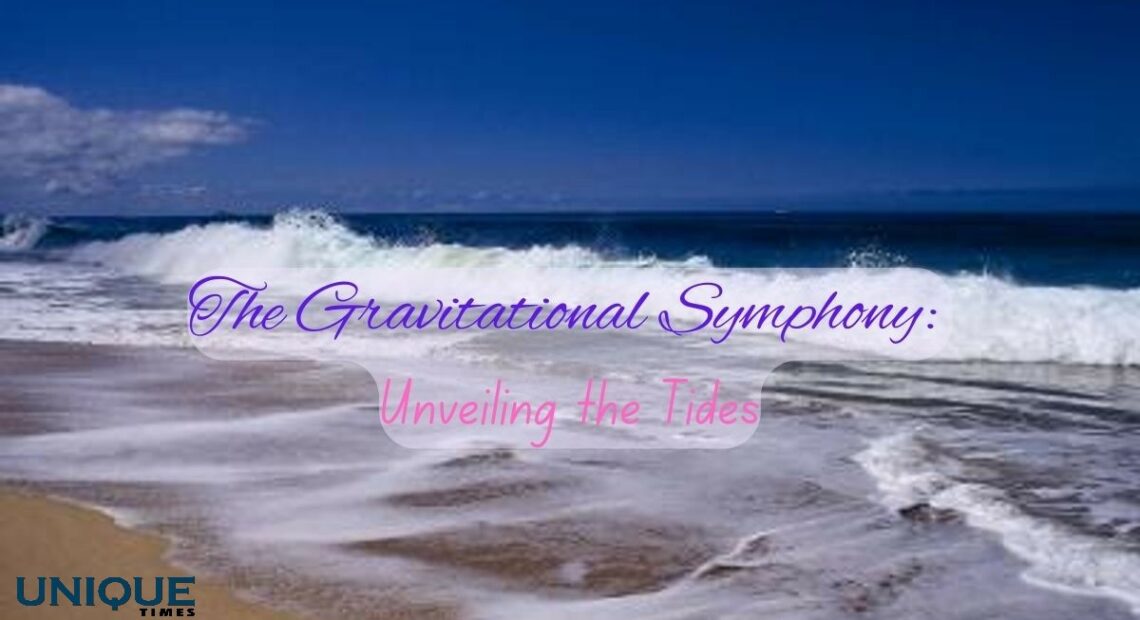The Dance of the Tides: Unveiling the Gravitational Symphony of the Sun and Moon

The rhythmic ebb and flow of the tides hold a captivating allure, leaving an indelible mark on the Earth’s shores. But what orchestrates this mesmerizing phenomenon? Look no further than the cosmic ballet performed by the celestial partners—the sun and the moon—whose gravitational influence guides the enchanting dance of the tides across our planet.
The Gravitational Interplay: Understanding the Tidal Mechanism
Tides, the rise and fall of sea levels, are the result of the gravitational forces exerted by both the sun and the moon on the Earth. The moon’s gravitational pull, being closer to the Earth, is the primary driver of tidal patterns. As the Earth rotates, the gravitational forces induce bulges in the oceans on the side facing the moon and the opposite side, resulting in the familiar high and low tides experienced twice daily.
Syzygy and Spring Tides: The Role of Alignment
When the sun, moon, and Earth align during the full moon or new moon phases, their combined gravitational forces produce the highest high tides and the lowest low tides, known as spring tides. Conversely, during the quarter moon phases, when the sun and the moon form a right angle with the Earth, the gravitational forces partially cancel each other out, leading to neap tides—tides with the least difference between high and low water levels.
Oceanic Resonance: Amplifying the Tidal Effects
The characteristics of individual coastlines and the shapes of ocean basins play a significant role in amplifying or dampening the effects of tides. Narrow inlets and bays, for instance, can experience exceptionally high tides due to resonance, which occurs when the natural period of the basin matches the period of the tidal forces, leading to an increase in wave amplitudes.
Human Impact and Utilization of Tidal Energy
Beyond their mesmerizing beauty, tides have also been harnessed for their renewable energy potential. Tidal energy, a form of hydropower, involves capturing the kinetic energy generated by the ebb and flow of tides to produce electricity. Although it remains a relatively underutilized energy source, advancements in technology have begun to unlock the vast potential of this eco-friendly and sustainable energy alternative.
Nature’s Grand Choreography: The Eternal Symphony Continues
In conclusion, the celestial pas de deux between the sun and the moon continues to shape the timeless ballet of the tides, leaving an everlasting impression on our planet’s shores. Understanding the gravitational forces at play not only deepens our appreciation for this natural spectacle but also highlights the potential for harnessing tidal energy as a sustainable power source. As we witness the perpetual rise and fall of the tides, let us marvel at the celestial harmonies that perpetually shape our world’s coastal landscapes.
Picture Courtesy: Google/images are subject to copyright








